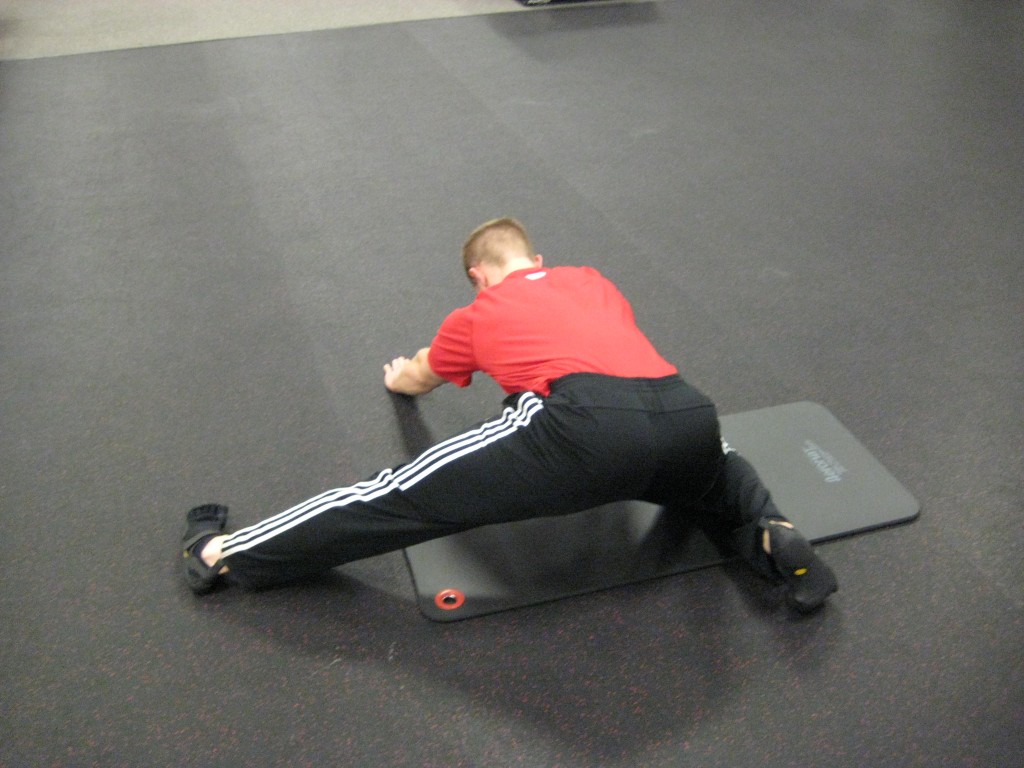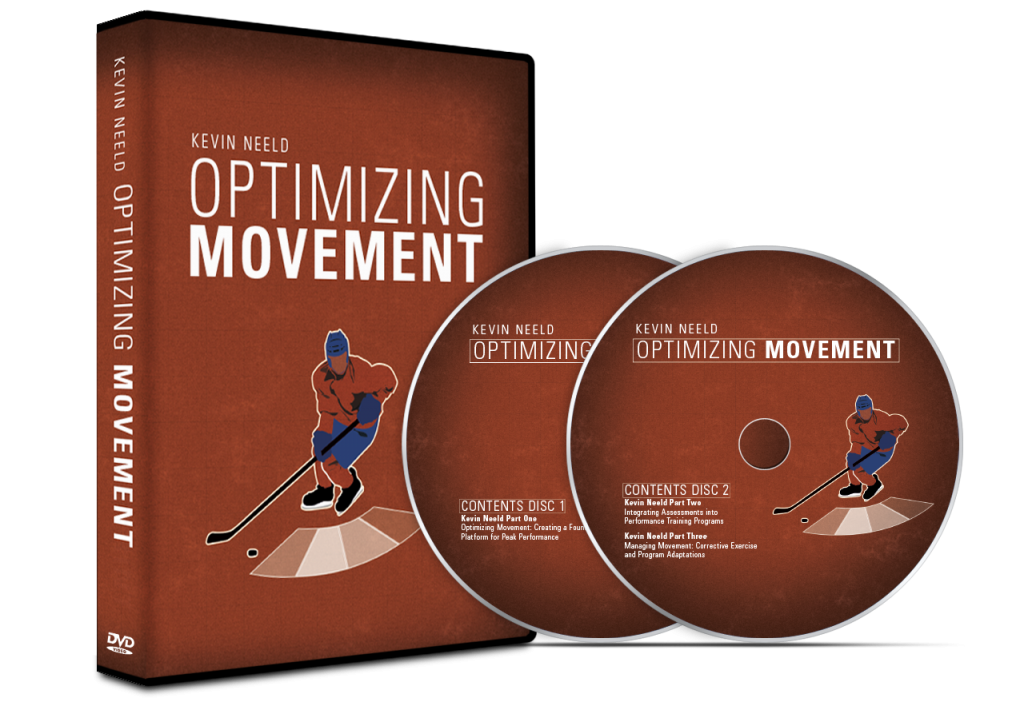On Monday, we went over the difference between muscle length and muscle stiffness. If you missed it, check it out here:
Muscle Properties: Short vs. Stiff
The big question I left you with is: Is stiffness a bad thing?
There isn’t a simple answer to this complex question. A few considerations:
1) Over the years, I’ve noticed that the athletes that seemed the stiffest were also usually the fastest. This actually makes sense since stiffer muscles would allow greater force to be produced in less range of motion, allowing rapid changes of direction and foot turnover.
2) A lot of people associate stifness with limited range of motion. If you recall back to Monday’s post, range of motion is only limited by stiffness if their is insufficient force to achieve a range of motion. Think of two 180lb athletes stepping off a 24 inch box and “sticking” the landing. Since they’re both the same weight and are jumping from the same height, the relative force requirements of the landing would be the same. Assuming they have an identical anatomical and neural make up (this is an absurd assumption, but necessary for this example), the athlete with stiffer muscles would not descend as far into a squat landing position as the athlete with less stiff muscles.
Since the force requirements are the same, and stiffer muscles require MORE force to go through a given range of motion, the stiffer athlete would probably land higher than the less stiff athlete. Consider the implications this has in stops and starts. The ability to reduce more force through a smaller range of motion would allow for a more rapid change of direction (as mentioned above).
3) Muscle hypertrophy leads to an increase in the number of muscle fibers in parallel. This, by definition, increases muscle stiffness.
4) Stiffness has somewhat haphazardly been accused as the cause of musculotendinous injuries. In reality, it’s a stiffness imbalance that results in the over-stretching or over-working of synergistic or antagonistic muscles.
5) Stretching prior to activity, long thought of as an injury-reduction strategy, actually increases the risk of injury. This is only the case if stretching is performed IMMEDIATELY before the activity. This can be explained by the results of a study by Ryan et al. (2009) demonstrating that decrements in musculotendinous stiffness last about 20 minutes following static stretching protocols. Not that static stretching is unviersally bad, but stretching and then immediately going into activity involving the same joints creates laxity around the joints and can lead to undesired movements.

Mobility exercises are more appropriate pre-training than static stretching
I realize this is a lot of information to digest. Increased stiffness itself is not a bad thing. In other words, increased stiffness won’t decrease your athletic performance. In fact, it likely improves your performance! The big take home message is that you want to avoid is a stiffness IMBALANCE between synergistic and antagonistic muscles. A common imbalance in hockey players is having stiffer glutes than adductors, resulting in excessive stress to the adductors (and potentially adductor or “groin” strains). I talked about this imbalance specifically in a previous post:
Does Flexibility INCREASE Your Risk of Injury?
To your success,
Kevin Neeld
OptimizingMovement.com
UltimateHockeyTraining.com
P.S. If you feel the flexibility in your athletes is lacking, it’s important to recognize what might be limiting it. This is the system I use to do just that: Optimizing Movement
Reference:
Ryan, Beck, Herda, et al. (2009). The Time Course of Musculotendinous Stiffness Responses Following Different Durations of Passive Stretching. Journal of Orthopaedic & Sports Physical Therapy, 38(10), 632-639.
Please enter your first name and email below to sign up for my FREE Performance Training Newsletter!
“…one of the best DVDs I’ve ever watched”
“A must for anyone interested in coaching and performance!”
